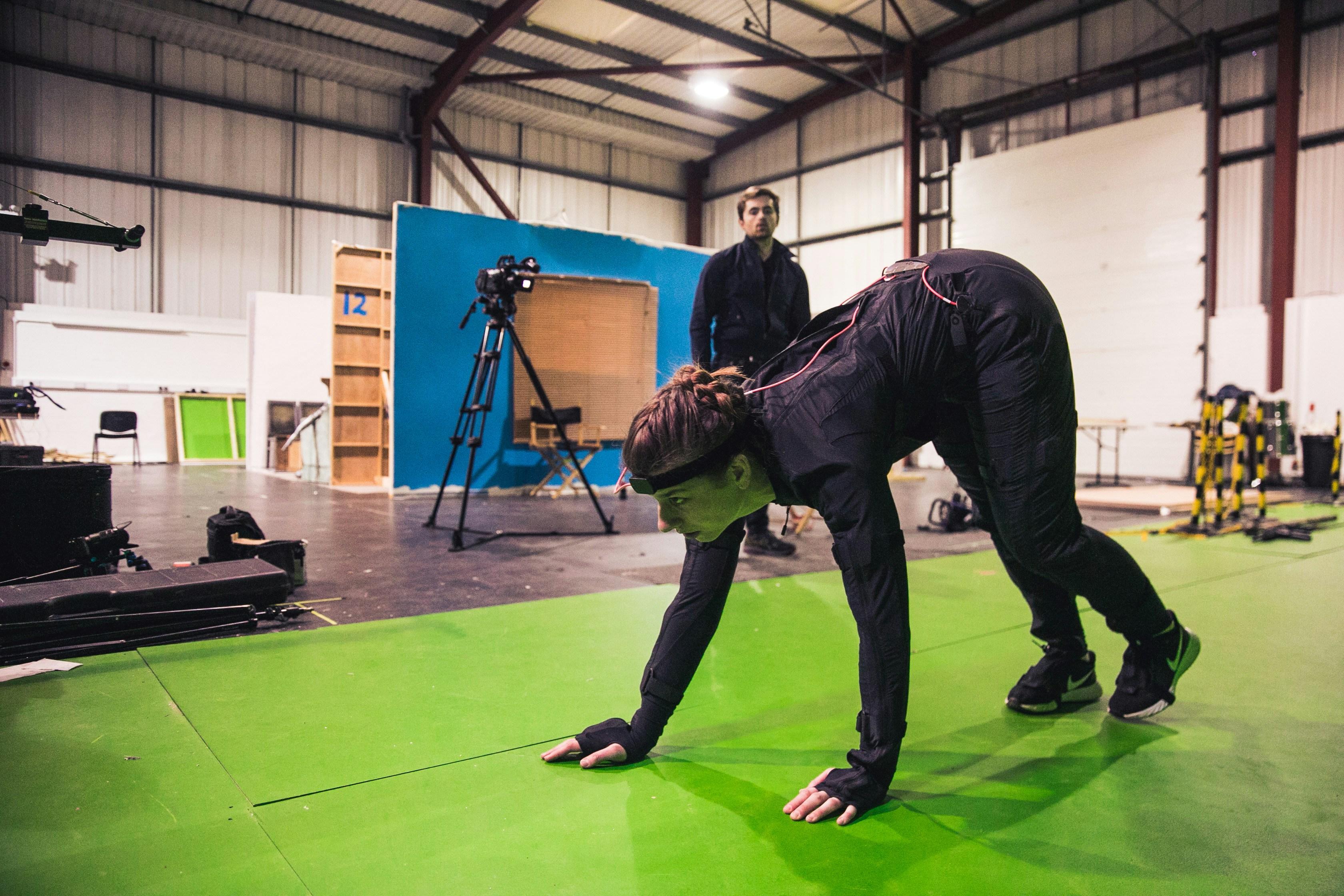In the realm of cinematic history, few technological advancements have transformed storytelling as profoundly as the evolution of visual effects. From the groundbreaking integration of CGI in “Jurassic Park” to the revolutionary advancements showcased in “Avatar,” the trajectory of visual effects technology has redefined the boundaries of imagination and reality. This article delves into the intricate journey of visual effects, examining how these landmark films have not only captivated audiences but also set new standards in the film industry. By analyzing the technological innovations, creative processes, and industry impacts, we aim to uncover the pivotal moments and key players that have driven the evolution of visual effects, shaping the way stories are told on the silver screen. CGI Technology and Their Impact on Storytelling”>
CGI Technology and Their Impact on Storytelling”>
Advancements in CGI Technology and Their Impact on Storytelling
The journey from the groundbreaking visuals of Jurassic Park to the immersive universe of Avatar illustrates the transformative power of CGI technology in storytelling. As CGI has evolved, it has expanded the boundaries of what filmmakers can achieve, enabling them to create intricate worlds and lifelike characters that were once beyond imagination. This evolution has not only enhanced the visual spectacle but also deepened narrative complexity, allowing for more nuanced storytelling. With advancements in rendering techniques and real-time graphics, directors can now seamlessly integrate digital elements with live-action footage, crafting narratives that are both visually stunning and emotionally resonant.
Several key advancements in CGI have significantly impacted storytelling:
- Realism: Enhanced rendering techniques have enabled the creation of hyper-realistic environments and characters, blurring the line between the real and the digital.
- Performance Capture: This technology allows actors to deliver nuanced performances that are translated into digital characters, adding depth and emotion to animated narratives.
- Virtual Production: With tools like virtual sets and real-time rendering, filmmakers can visualize and adjust scenes on-the-fly, fostering more dynamic and creative storytelling.
These technological strides have not only enriched the cinematic experience but have also democratized the art of storytelling, offering filmmakers a broader canvas to explore diverse themes and narratives.
 Visual Effects“>
Visual Effects“>
The Role of Motion Capture in Enhancing Realism in Visual Effects
Motion capture technology has become an indispensable tool in the creation of visual effects, playing a pivotal role in bridging the gap between imagination and reality. Initially emerging as a novel technique, it has evolved into a sophisticated process that captures intricate human movements and expressions, translating them into lifelike digital characters. This advancement has allowed filmmakers to push the boundaries of what is visually possible, offering audiences a more immersive experience. Notable for its application in films like “Avatar,” motion capture enables the seamless integration of live-action performances with digital environments, creating a believable and emotionally engaging narrative.
Key benefits of motion capture in visual effects include:
- Precision: Captures subtle nuances of movement that traditional animation might miss.
- Efficiency: Reduces the time required for animating complex scenes.
- Versatility: Applicable to a wide range of genres and styles, from fantasy to hyper-realistic settings.
As the technology continues to advance, it is poised to redefine the landscape of visual storytelling, offering creators unprecedented control over their artistic visions. With motion capture, the boundaries of creativity are not just extended but reimagined, setting a new standard for realism in visual effects.
Balancing Practical Effects with Digital Innovations for Authenticity
The journey from the groundbreaking effects in Jurassic Park to the visually immersive world of Avatar highlights a fascinating interplay between practical effects and digital innovations. As filmmakers strive for authenticity, they often face the challenge of blending tangible, on-set elements with computer-generated imagery (CGI) to create believable worlds. Practical effects, such as animatronics and miniatures, provide a tactile reality that can be difficult to replicate digitally. These techniques anchor scenes in reality, offering a sense of weight and presence that purely digital effects sometimes lack.
On the other hand, digital innovations have expanded the boundaries of what can be depicted on screen. With advancements in CGI, filmmakers can craft intricate worlds and characters that were once impossible to visualize. To achieve authenticity, a balanced approach is crucial, involving a harmonious mix of both practical and digital effects. Key strategies include:
- Utilizing practical effects for close-up shots to maintain a sense of realism.
- Employing CGI to enhance or extend practical effects without overshadowing them.
- Collaborating closely between departments to ensure a seamless integration of both techniques.
By carefully considering the strengths of each approach, filmmakers can create visually stunning and emotionally resonant experiences that captivate audiences.

Future Directions for Visual Effects in the Film Industry
The film industry stands on the brink of a transformative era in visual effects, driven by rapid technological advancements and innovative creative approaches. As we move beyond the achievements of films like Jurassic Park and Avatar, several key trends are set to shape the future landscape of visual storytelling. Real-time rendering is poised to revolutionize how filmmakers create and manipulate complex scenes, reducing production times and costs while allowing for unprecedented creative flexibility. This technology, powered by advancements in graphics processing units (GPUs), enables filmmakers to see and adjust effects instantaneously, enhancing the collaborative process and opening new avenues for experimentation.
- Virtual Production: This technique, which combines real-time rendering with motion capture and LED screens, allows for the creation of immersive environments that blend seamlessly with live-action footage. It’s not only a tool for storytelling but also a cost-effective solution for managing large-scale productions.
- AI and Machine Learning: These technologies are increasingly being integrated into the VFX pipeline, automating complex tasks such as rotoscoping and compositing. AI-driven tools can analyze vast datasets to produce realistic simulations of natural phenomena, significantly enhancing the realism of visual effects.
- Augmented and Virtual Reality: As AR and VR technologies continue to evolve, they promise to offer new ways for audiences to engage with films, creating interactive experiences that extend beyond traditional viewing.
These developments signal a shift towards more immersive and efficient visual effects, promising to redefine the boundaries of cinematic creativity and storytelling in the years to come.
